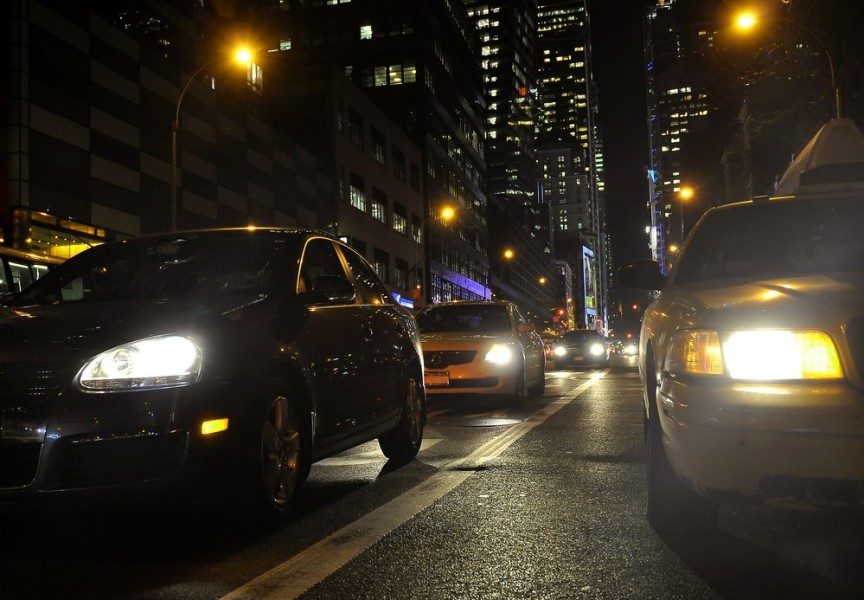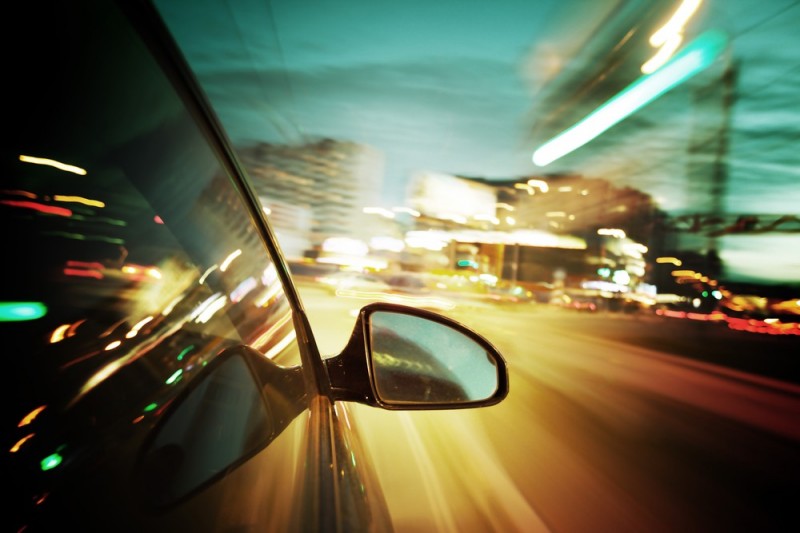Afraid to Drive at Night? You're Not Alone

A recent poll reported the fact that more than half of all the drivers in the U.S. consider driving at night potentially dangerous and that's why they opt to drive during the day if at all possible. At Reliable Chevrolet - Richardson, we often see the results of when drivers get into accidents that are caused when some other driver's high beams shined into their eyes. Serious accidents that lead to fatalities on the road occur at a rate three times more at night than during the day, based on numbers provided by the National Highway Traffic Safety Administration (NHTSA). While only one-fourth of all driving in the U.S. is done when it's dark, more than half of all driving deaths occur in the evening and that's why people in Richardson and all over TX are concerned about the dangers of driving at night.
Night driving is difficult because the drivers's depth perception, ability to differentiate colors and peripheral field of vision are all of inferior quality in low-light conditions. In addition, drivers are customarily more fatigued at night. Add into the equation the fact that typical low beams illuminate the road from approximately 160-250 feet in front of the vehicle, and normal high beams shine from roughy 350 -500 feet away. At 60 mph it takes more than 200-250 feet to come to a complete stop, so even with your high beams on, there is still a lot of room for error there.
Unfortunately, we can't drive only during the day, so at Reliable Chevrolet - Richardson, we put together some basic tips about how to be safe while driving at night:
 Don't Stare at Oncoming Lights
Don't Stare at Oncoming Lights
This is probably the #1 thing that most people do. It's very easy to be distracted and gaze into a bright road sign or the headlights of a vehicle headed in your direction without even really thinking about it. Always make a point toy away from other lights on the road, and don't ever stare at oncoming high beams.
Aim Your Headlights
We've discovered that headlights on newer cars are often uneven or pointed lower than they should be. Don't just assume your head lights are shining at the correct level and in the proper direction and have then checked regularly. If you want to do it yourself, simply refer to the the instructions listed in your owner's manual.
Dim Your Interior Lights
Use your dashboard dimmer switch if you are having issues seeing at night. If you're driving around with the dash light on 100%, you might be compromising your vision. And don't leave your map lights on either. Most higher-end luxury cars have focused reading lights that pinpoint objects without causing glare, so those fine to leave on, but most map lights should be turned off whenever possible.
Keep Your Windshield Clean and Pristine
Windshields that appear clean during the day can reveal streaks that can create glare while driving at night. Some car detailers claim that the best way to alleviate this problem is to polish the glass with newspaper to remove dirt and grime from the windshield. Try not to make contact the inside surfaces of your windshield, as well as any of the car's windows or mirrors with your bare hands for any reason. The oil from your skin will likely smear, and the light will emanate through when it shines through any section where you touched it.
Sources: NHTSA, AAA and Yahoo







 Don't Stare at Oncoming Lights
Don't Stare at Oncoming Lights
Social